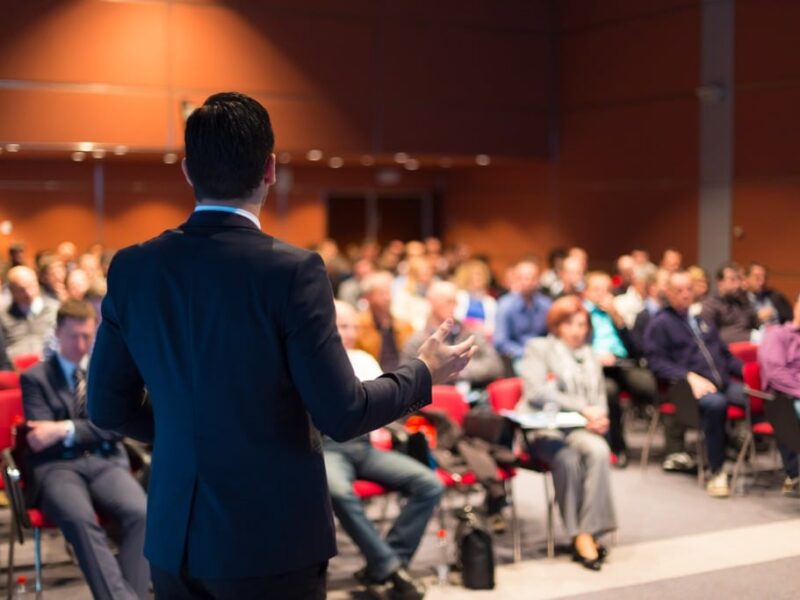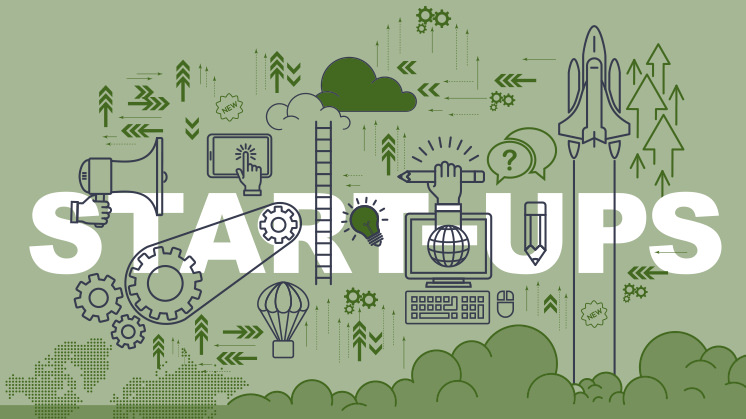
Startup Blueprint
Startup Blueprint https://theraise.eu/wp-content/uploads/2024/03/why-the-adkar-blueprint-is-a-game-change-for-change_featured.webp 700 413 RAISE fosters startup growth and scale-up within and across Europe RAISE fosters startup growth and scale-up within and across Europe https://theraise.eu/wp-content/uploads/2024/03/why-the-adkar-blueprint-is-a-game-change-for-change_featured.webpEmbarking on the startup founding journey involves navigating through several distinct steps, each building upon the last to bring a vision to fruition. Here’s a hierarchical breakdown of the process flow for startup founding:
- Inspiration and Ideation:
- The journey begins with a spark of inspiration, a novel idea that sets the foundation for the startup.
- Entrepreneurs engage in brainstorming sessions, market research, and industry analysis to refine their concept.
- Validation and Market Research:
- Founders validate their ideas through market research, customer feedback, and prototype testing.
- This phase involves identifying target markets, understanding customer pain points, and gauging demand for the proposed solution.
- Strategy and Planning:
- With validated concepts, entrepreneurs develop comprehensive business plans and strategies for execution.
- This step involves defining business models, setting goals, and outlining go-to-market strategies.
- Team Building and Resource Acquisition:
- Founders assemble talented teams, comprising individuals with diverse skill sets and expertise.
- Additionally, securing funding, whether through bootstrapping, angel investors, or venture capital, is crucial for fueling startup growth.
- Product Development and Execution:
- With resources in place, startups move forward with product development and execution.
- This phase involves building prototypes, developing Minimum Viable Products (MVPs), and iterating based on user feedback.
- Launch and Market Entry:
- Startups officially launch their products or services, making their debut in the market.
- Effective marketing strategies, branding, and customer acquisition tactics are essential for a successful market entry.
- Scaling and Growth:
- As traction builds, startups focus on scaling operations and expanding their customer base.
- Leveraging technology, strategic partnerships, and data-driven insights, founders aim to achieve sustainable growth.
- Adaptation and Iteration:
- Startups must remain agile and adaptable, continuously iterating based on market dynamics and feedback.
- This step involves refining products, optimizing business models, and pivoting when necessary to stay ahead of the curve.
- Resilience and Persistence:
- Throughout the journey, founders encounter obstacles and setbacks, requiring resilience and persistence to overcome.
- Whether facing funding challenges, market disruptions, or internal conflicts, perseverance is key to navigating through adversity.
- Reflection and Evolution:
- Finally, as startups evolve, founders engage in reflection, learning from successes and failures alike.
- This step involves reassessing strategies, identifying areas for improvement, and charting a course for future growth and innovation.
By following these steps and embracing the iterative nature of the startup journey, entrepreneurs can navigate through the complexities of founding a startup and bring their vision to life. Each step presents unique challenges and opportunities, ultimately contributing to the growth and success of the startup venture.
Photo via GESTÃO DE MUDANÇAS
- Posted In:
- Startup News




